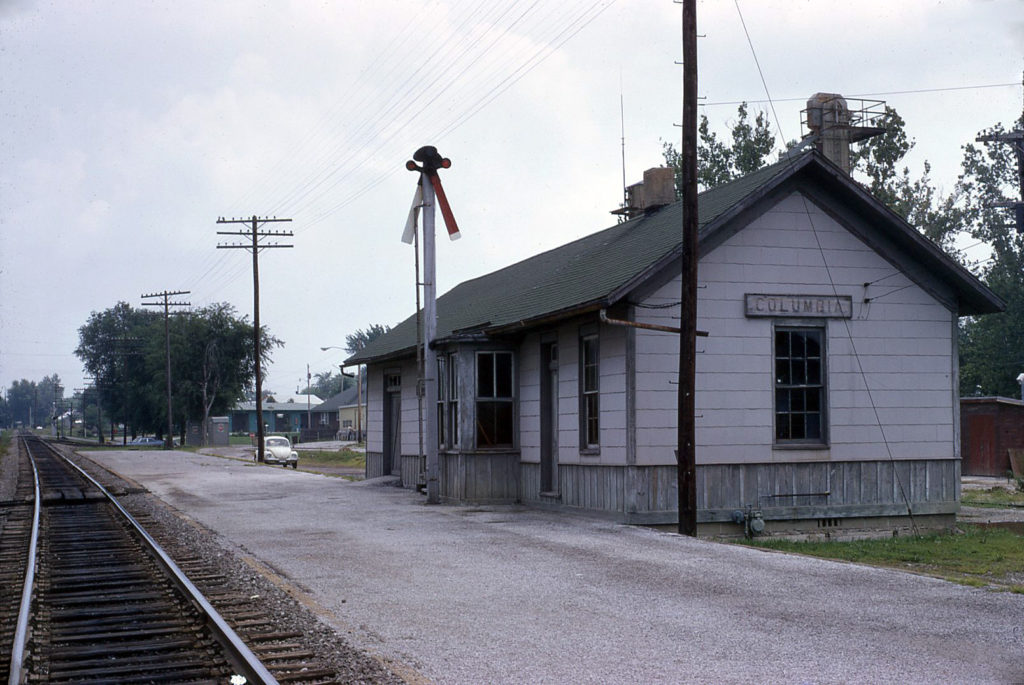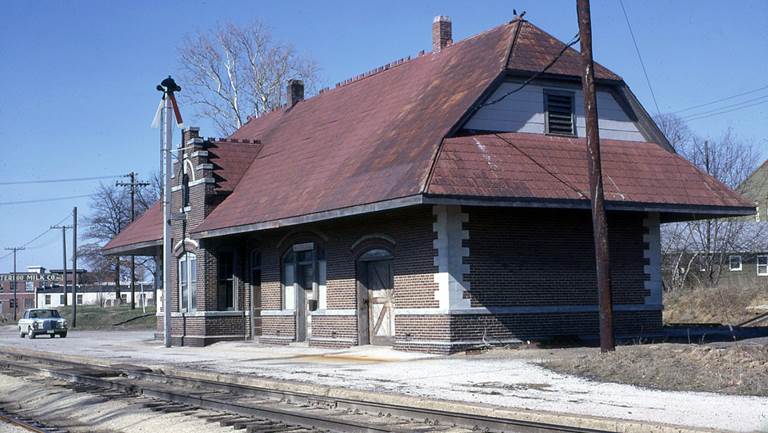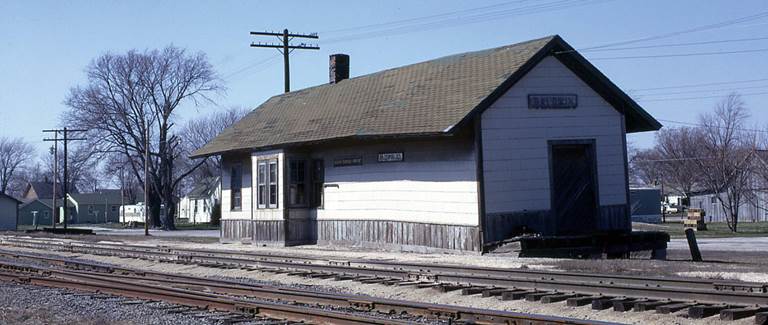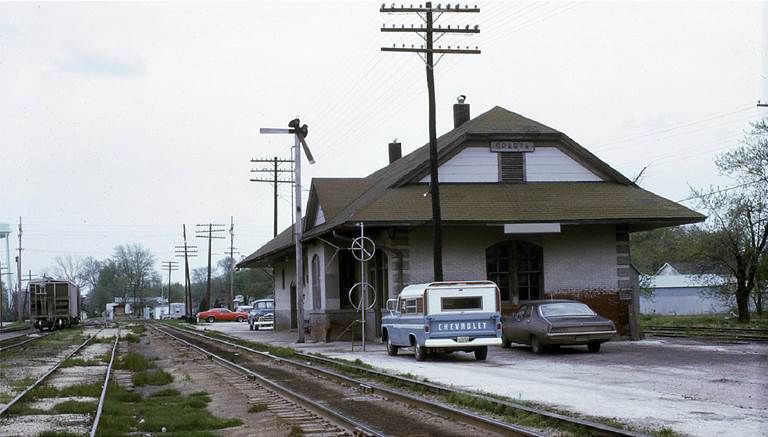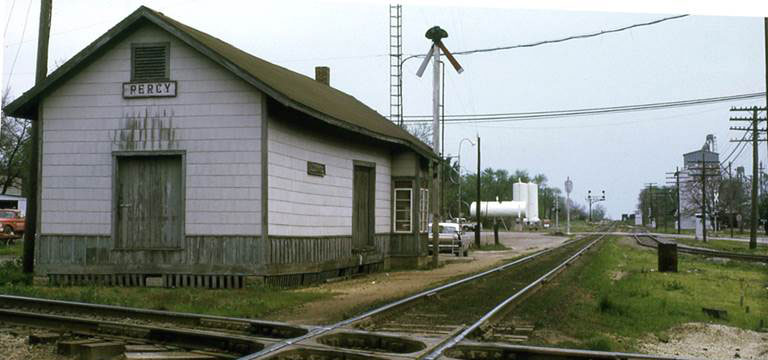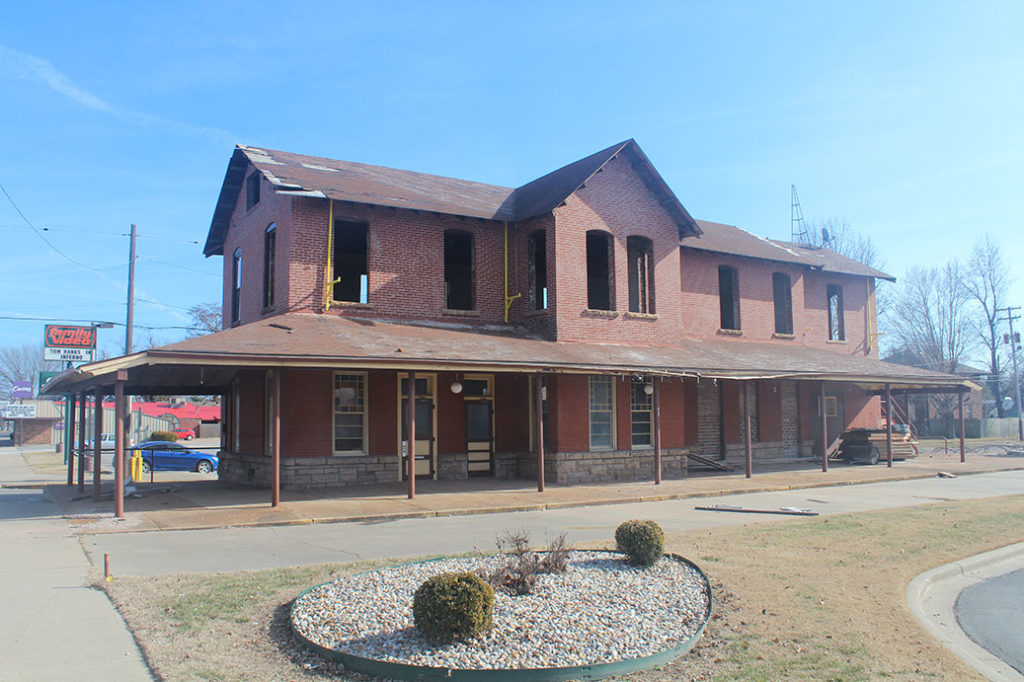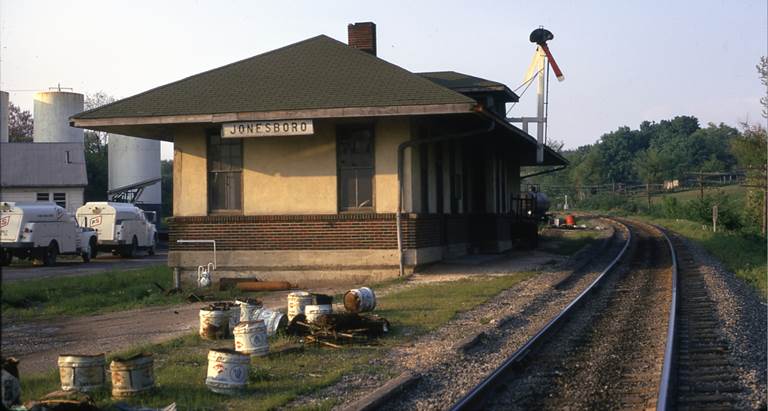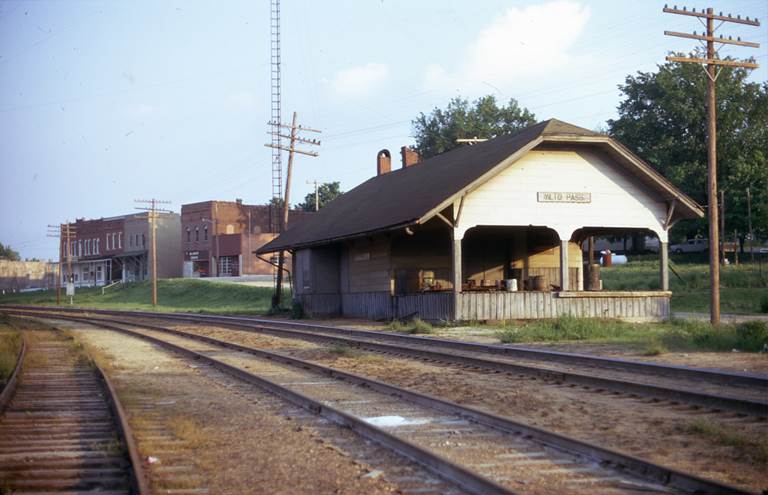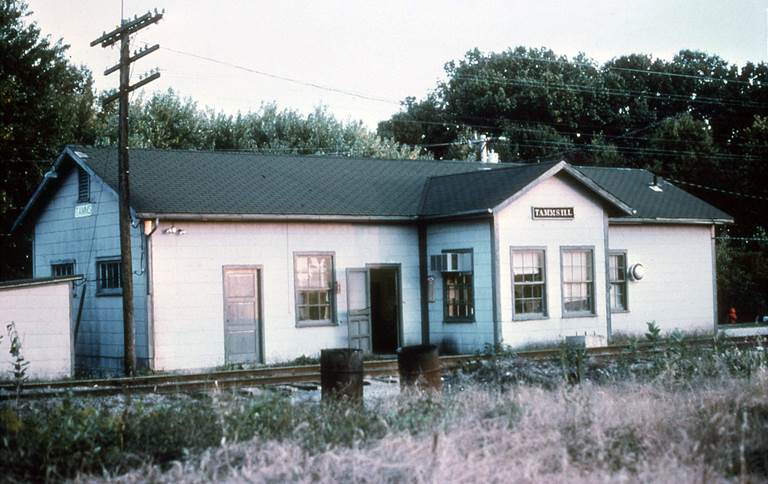Take a ride on The Rebel Route
The GM\&O Heritage Trail is built on the original railroad right-of-way established by the Cairo and St. Louis Railroad through Columbia in 1872. This was a narrow gauge line, with tracks three feet wide, that stretched from Cairo, Illinois, to East St. Louis.
Shortly after its completion, the railroad faced financial difficulties and was reorganized in 1881 as the St. Louis and Cairo Railroad. Continued struggles led to its lease by the Mobile and Ohio (M&O) Railroad, based in Mobile, Alabama, in 1886. The M&O formally purchased the line in 1913 and immediately converted it to standard gauge track. In 1940, the M&O merged with the Gulf, Mobile & Northern (GM&N) Railroad to form the Gulf, Mobile & Ohio (GM&O) Railroad. This name remained until 1972, when the GM&O “merged” with its primary competitor, the Illinois Central (IC) Railroad, becoming the Illinois Central Gulf (ICG). This final merger marked the beginning of the decline for former GM&O properties, as the ICG operated overlapping routes. As a result, the ICG began selling off and abandoning many of the GM&O lines, including the tracks that once ran through Columbia.
Both passenger and freight trains once traveled the rails through Columbia. During the M&O era, the line was known as “The Rebel Route”, a nickname that reflected its independent business style rather than any connection to the Confederacy or Southern heritage. From the Columbia depot, which once stood at South Locust Street, passengers could board trains heading north to St. Louis or south to destinations like New Orleans, Louisiana, and Mobile, Alabama. Passenger service in Columbia came to an end in October 1958, when it was replaced by the GM&O-owned Gulf Transport bus service. Freight trains continued to operate on the line until 1985, and in 1986, the tracks were officially abandoned and removed, bringing to a close more than a century of continuous rail service through the heart of Columbia.
From south to north, the GM&O Railroad connected the following towns in southern Illinois:
Cairo, Tamms, Jonesboro, Alto Pass, Murphysboro, Ava, Campbell Hill, Willisville, Percy, Sparta, Baldwin, Red Bud, Waterloo, Columbia, Millstadt, East Carondelet, and East St. Louis.
While much of the GM&O rail infrastructure through southern Illinois has disappeared, several historic landmarks still remain:
- Tamms: The original depot is still intact and now serves as the village hall.
- Jonesboro: The city has restored its depot, repurposing it as the local library.
- Murphysboro: The depot is currently undergoing restoration.
- Sparta: The depot has been restored and now houses the Roscoe Misselhorn Art Museum. Notably, this depot was featured in the 1968 Academy Award-nominated film In the Heat of the Night, starring Sidney Poitier and Rod Steiger.
- Millstadt: The town uses its small station as a food pantry.
- Waterloo: The historic depot still stands and currently operates as a resale shop.
These preserved depots serve as lasting reminders of the vital role the GM&O Railroad played in connecting communities across southern Illinois.
After the Illinois Central Gulf (ICG) received approval to abandon the tracks through Columbia, city leaders acted swiftly to secure the railroad right-of-way for future use, preventing it from being sold off parcel by parcel to adjacent property owners. Their foresight more than 30 years ago made the development of the GM&O Trail possible today. Without their decisive action, Columbia’s rich railroad heritage could have been lost forever.
